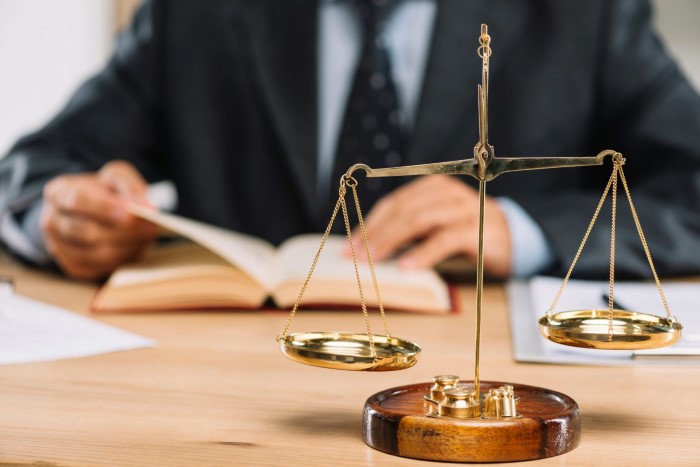In the digital age, where sharing and distributing images is easier than ever, photographers face the constant challenge of protecting their creative work. Copyright serves as a powerful tool in safeguarding these visual creations. This article delves into the intricacies of copyright for photographers, explaining how to secure and enforce your rights over your photos and images.
Understanding Copyright
What is Copyright?
Copyright is a legal right granted to the creator of original works, including literary, musical, and artistic pieces. This right gives the creator exclusive control over the use, distribution, and reproduction of their work, ensuring they can profit from their creativity.
How Copyright Applies to Photos and Images
When you take a photograph, you automatically hold the copyright to that image. This means you have the exclusive right to use, reproduce, and distribute the photo. However, to strengthen your legal standing and ensure maximum protection, additional steps such as registering your copyright can be beneficial.
Benefits of Copyrighting Your Photos
- Legal Protection: Ensures you can take legal action against unauthorized use.
- Monetary Compensation: Allows you to seek financial remedies for infringement.
- Control Over Use: Maintains your right to control how your photos are used and distributed.
Legal Framework for Copyright
International Copyright Laws
Internationally, the Berne Convention for the Protection of Literary and Artistic Works ensures that copyrights are recognized and respected across member countries without the need for registration in each country.
U.S. Copyright Laws
In the United States, copyright protection is established by the Copyright Act of 1976, granting photographers exclusive rights over their images from the moment they are created.
Differences in Copyright Laws by Country
While the Berne Convention harmonizes copyright laws to some extent, variations still exist. For instance, some countries might require registration for certain types of enforcement or offer different durations of copyright protection.
Types of Copyright Protection
Automatic Copyright
In many countries, including the U.S., copyright protection is automatic upon creation of the photo. This means that from the moment you click the shutter, your photo is protected.
Registered Copyright
Registering your copyright with the relevant authority, such as the U.S. Copyright Office, offers additional legal benefits, including the ability to seek statutory damages and attorney’s fees in case of infringement.
Common Law Copyright
In some jurisdictions, common law provides certain protections for unregistered works, though these are often limited compared to statutory copyright protections.
Steps to Copyright Your Photos
Step 1: Take the Photo
The creation of the photo automatically grants you copyright protection.
Step 2: Add a Copyright Notice
Include a copyright notice on your photos, which typically consists of the © symbol, the year of creation, and your name.
Step 3: Register with the U.S. Copyright Office
While not mandatory, registering your copyright provides significant legal advantages.
Step 4: Use Watermarks and Metadata
Embedding watermarks and metadata can help deter infringement and make it easier to prove ownership.
Step 5: Enforce Your Copyright
Actively monitor and enforce your copyright to prevent unauthorized use and ensure you maintain control over your work.
Registering Copyright in the U.S.
Why Register Your Photos?
Registration provides a public record of your copyright and is necessary to pursue statutory damages and attorney’s fees in court.
How to Register Your Photos
- Visit the U.S. Copyright Office’s website.
- Complete the appropriate application form.
- Submit a copy of your photo(s) and pay the registration fee.
Cost of Registration
As of 2024, the fee for registering a group of unpublished photographs electronically is $55. Check the U.S. Copyright Office’s website for the most current fees.
Timeframe for Registration
Processing times can vary, but typically it takes several months to receive your registration certificate.
Copyright Registration Process
Preparing Your Photos for Submission
Organize your photos and ensure they meet the requirements for registration, such as proper file formats and sizes.
Online Registration vs. Paper Registration
Online registration is faster and less expensive than paper registration. Most photographers prefer the online route for its convenience and efficiency.
Completing the Application Form
Provide all necessary information, including your contact details, the title of your work, and the date of creation. Ensure accuracy to avoid delays.
Submission and Payment
Submit your completed application along with the required fee. Payment can usually be made online via credit card.
Receiving Your Copyright Certificate
After processing, you will receive a certificate of registration, which serves as official proof of your copyright.
International Copyright Considerations
Berne Convention
The Berne Convention simplifies international copyright protection by ensuring that works created in one member country are automatically protected in all other member countries.
Registering in Other Countries
While the Berne Convention offers broad protection, registering your photos in other countries can provide additional benefits and protections specific to those jurisdictions.
Managing International Copyrights
Consider using international copyright management services or legal professionals to help navigate the complexities of protecting your work globally.
Protecting Your Photos Online
Digital Watermarking
Watermarks can be visible or invisible, helping deter unauthorized use and making it easier to prove ownership.
Metadata and EXIF Data
Embedding metadata and EXIF data in your digital files can provide valuable information about the photo’s origin and ownership.
Using Low-Resolution Images for Online Display
Displaying lower-resolution versions of your photos online can reduce the risk of high-quality unauthorized reproductions.
Online Copyright Infringement
Regularly monitor the internet for unauthorized use of your images using tools like reverse image search or dedicated services.
Enforcing Your Copyright
Identifying Copyright Infringement
Use online tools and services to detect unauthorized use of your photos. Document any infringement thoroughly.

